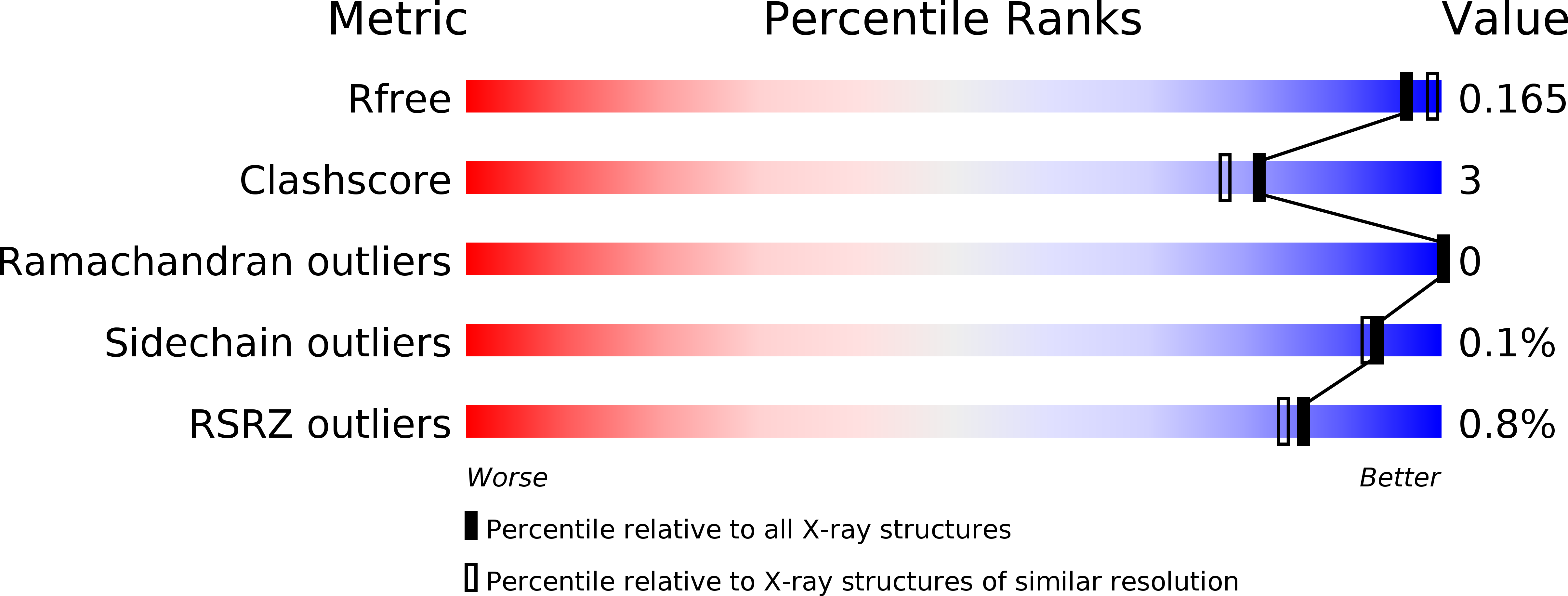
Deposition Date
2016-07-25
Release Date
2017-04-12
Last Version Date
2023-11-08
Method Details:
Experimental Method:
Resolution:
1.80 Å
R-Value Free:
0.15
R-Value Work:
0.12
R-Value Observed:
0.12
Space Group:
C 1 2 1


